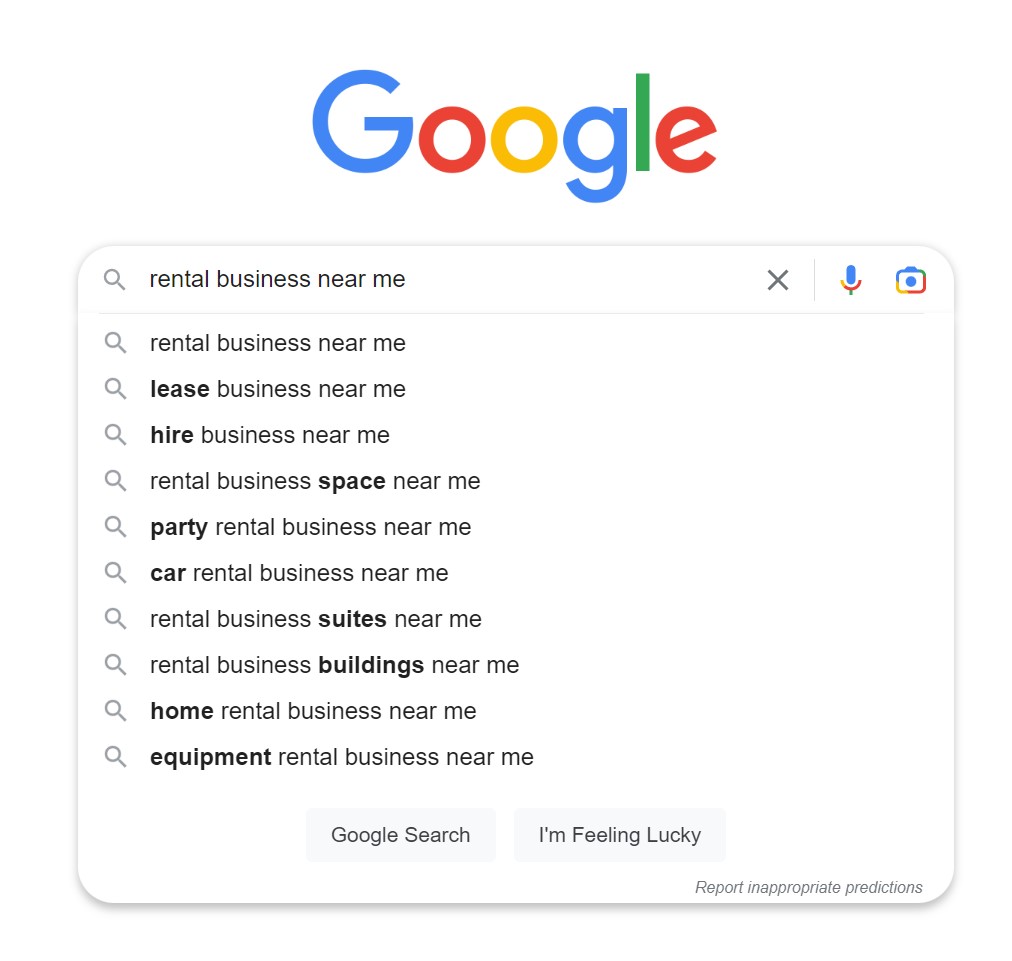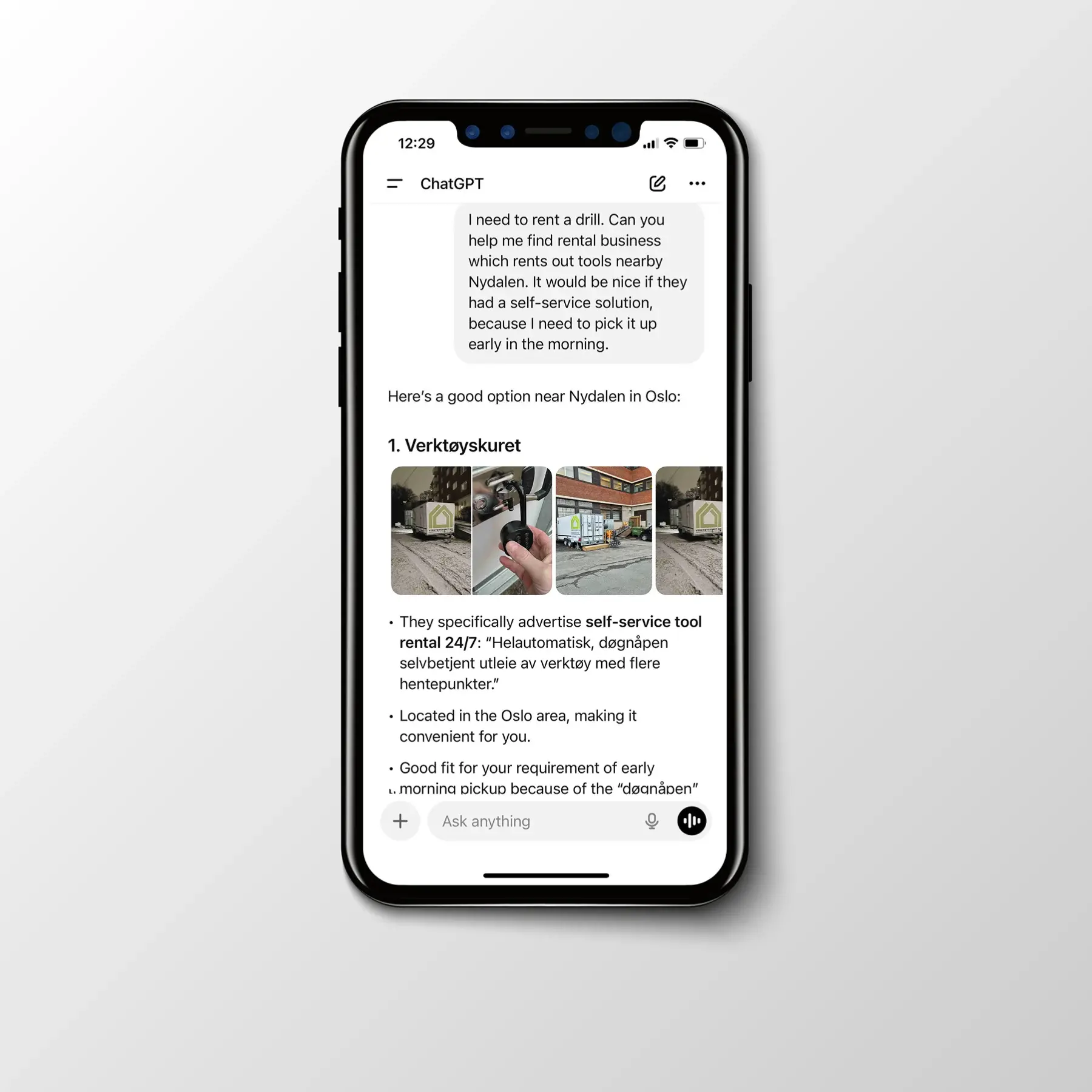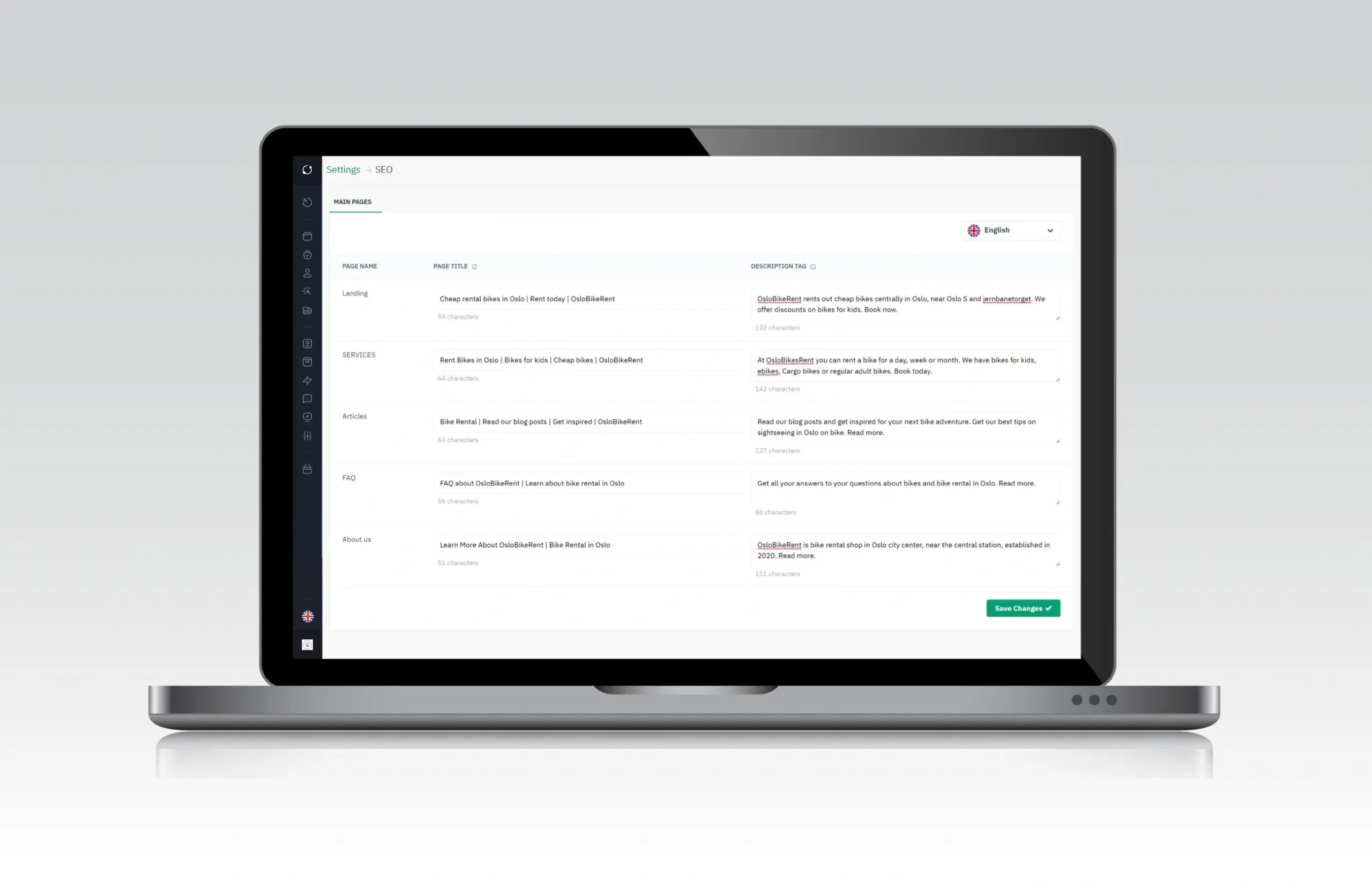

Get found on Google Search and increase your income
Learn how to increase your traffic from search engines like Google on your website.

These days, most customers begin their journey by asking AI platforms like ChatGPT or Gemini — not by typing a keyword into Google.
At Sharefox, we’ve partnered with Bonzer, a leading SEO agency, to explore how this shift is reshaping marketing for rental businesses worldwide in our webinar. In this article, you’ll find practical steps you can use to build visibility across both traditional and AI search.
AI search doesn’t work like traditional search engines.
Instead of typing short keywords like “car rental Denver,” users now ask full questions such as:
“Where’s the best place to rent an electric car in Denver, and are there self-service options?”
AI systems then generate answers using content from websites that have structured, trustworthy, and up-to-date information.
To appear in those answers, your website needs to demonstrate experience, expertise, authority, and trust — and be technically structured in a way AI models can understand.

Start with your technical foundation — without it, neither Google, Bing, nor ChatGPT will know exactly what your business offers.
With Sharefox, you already have the tools to set up a solid SEO structure at the global, category, and product levels.
Make sure that:
Learn more: How to update SEO in Sharefox

In our webinar “How to Make Your Rental Business Visible in AI Search,” Stian Eris from Bonzer shared the key framework behind AI visibility: E-E-A-T — Experience, Expertise, Authority, and Trustworthiness.
AI platforms like ChatGPT, Gemini, and Perplexity evaluate these signals to decide which sources to quote or display.
Publish real customer stories and everyday use cases.
Example: “How CityBox Storage uses Sharefox to manage hundreds of self-storage units across multiple locations.”
This proves to AI systems that your business operates in the real world, not just writes about it.
Share practical, useful content that helps customers make decisions.
Example (for tool rental): “How to choose the right pressure washer for outdoor cleaning.”
Content like this builds topical authority and helps AI engines recognize your business as a relevant expert source.
Earn backlinks from partners, suppliers, or industry organizations.
At the same time, link related pages internally — between articles, service pages, and product listings — to signal depth and expertise.
Add author names, roles, and contact information. Include short bios and visible company details such as address and registration number.
Example: “Written by Sarah Mitchell, Operations Manager at RentSmart Equipment.”
In short: E-E-A-T is all about credibility — showing that you’re a genuine company with real experience and satisfied customers.
When that comes through clearly, your chances of being cited in both Google results and AI-generated answers increase dramatically.
Use natural, conversational language. Avoid corporate jargon or robotic phrasing — write as if you’re explaining something to a customer face-to-face.
Instead of “We provide self-service units with digital access,”
say “Our customers can unlock their storage unit themselves — no keys needed, just their phone.”
To help search engines and AI interpret your content:
This balance keeps your content clear for humans and understandable for machines.
For most rental businesses, local search visibility is key.
Here’s how to tell both Google and AI where you operate:
Example:
A car rental company in Toronto publishing a post like “How to prepare your car for winter driving in Canada” sends strong local signals — increasing its visibility in AI results for “car rental Toronto winter.”
AI platforms and search engines prioritize updated, relevant content.
Make it part of your routine to:
Fresh, regular content signals to AI engines that your business is active, authoritative, and trustworthy.
AI search rewards companies that share useful, structured, and credible information.
It’s no longer just about keywords — it’s about how well you communicate your expertise, experience, and customer value.
For rental businesses, this means highlighting insights, examples, and local relevance — not just products and prices.
Do that right, and AI systems will start to trust and reference your company as a source.
With Sharefox, you have everything you need to combine SEO, industry knowledge, and digital structure — all in one platform.
AI search means customers don’t just “Google” anymore — they ask platforms like ChatGPT, Gemini, and Perplexity for answers.
To appear in those answers, your content must be accurate, transparent, and grounded in real experience.
Focus on the E-E-A-T principles: Experience, Expertise, Authority, and Trustworthiness.
Publish customer stories, answer real questions, and use structured data so AI tools can understand your website.
SEO helps you rank high in Google results.
AI search — or AEO (AI Engine Optimization) — helps you become a quoted source in AI-generated answers. It requires clear structure, human language, and verifiable information.
Sharefox comes with built-in SEO tools and structured data support, making it simple to optimize your website for both Google and AI search.
You can manage titles, meta descriptions, and sitemaps directly inside the platform — no extra tools required.